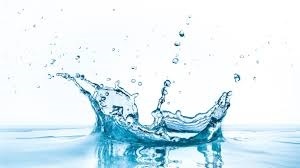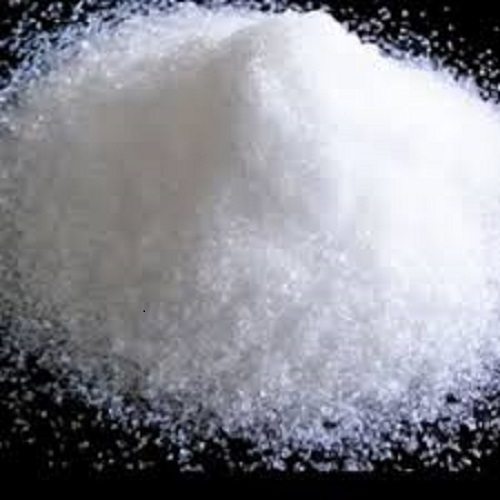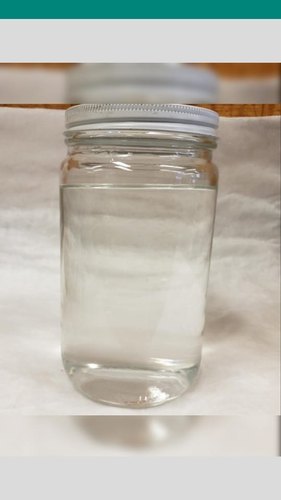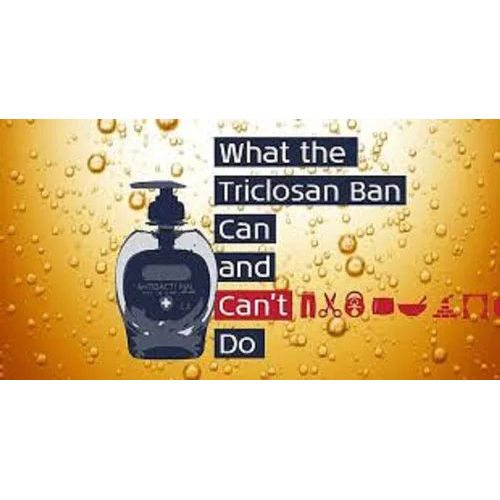Hydrogen Peroxide
45 INR/Kilograms
Product Details:
- Refractive Rate 1.597
- Ph Level Neutral to slightly acidic (5-7)
- Melting Point 183C to 185C
- Poisonous YES
- Taste Bitter
- Solubility Slightly soluble in water highly soluble in ethanol and other organic solvents
- Smell Stimulus
- Click to View more
X
Hydrogen Peroxide Price And Quantity
- 10000 Unit
- 45 INR/Kilograms
Hydrogen Peroxide Product Specifications
- Slightly soluble in water highly soluble in ethanol and other organic solvents
- Stimulus
- 183C to 185C
- YES
- Bitter
- 1.597
- Neutral to slightly acidic (5-7)
Hydrogen Peroxide Trade Information
- Delhi
- 100 Unit Per Day
- 2-3 Days
Product Description
| Purity | 50% |
| Packaging Size | 50 kg HDPE Drum |
Hydrogen peroxide is a chemical compound with the formula H202. In its pure form, it is a very pale blue liquid that is slightly more viscous than water. It is used as an oxidizer, bleaching agent, and antiseptic, usually as a dilute solution in water for consumer use, and in higher concentrations for industrial use.
Tell us about your requirement

Price:
Quantity
Select Unit
- 50
- 100
- 200
- 250
- 500
- 1000+
Additional detail
Mobile number
Email









